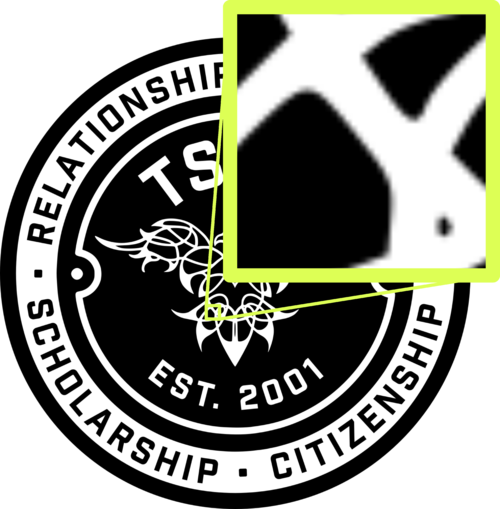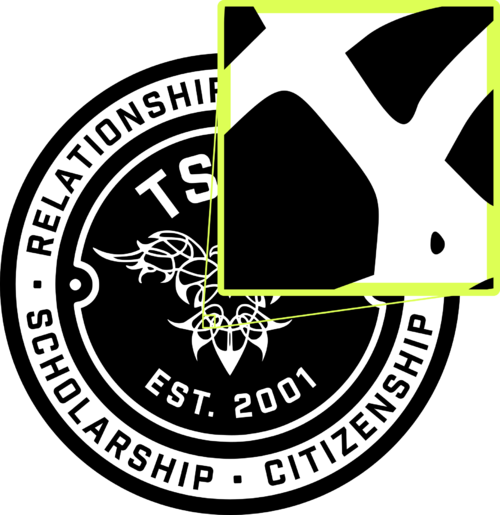Vector or Raster?
In computer graphics, there are generally two types of images: vector images and raster images. Each is used in different situations, but you're likely here because you want to cut or 3d print something and need to know why a bitmap will not work. To understand this, you need to know how each is produced on your computer.
Raster Images
At its most basic, a raster image (or bitmap) is made up of many pixels, with each pixel displaying a color and opacity. If you zoom into a raster image, it becomes blurry and pixelated.
This pixelation occurs because the underlying code of a bitmap image only includes each pixel's coordinates and color value (among other information); if you make the image larger, all the pixels get larger, too.
Common raster formats are .bmp, .png, .tif, and .gif.
Vector Images
Vector images are used when you want an image to stay crisp at any size—say, on a t-shirt and a billboard—and when the precise edges of the image are important, like in laser cutting.
A vector image stays sharp because the edges of objects are encoded as points (called nodes when editing) and paths between them. The same phoenix logo can be converted to a vector format (I used Inkscape) for laser cutting, large-scale printing, and 3D modeling.
Common vector formats are .svg, .ai, .dxf, and .pdf (though a PDF may include raster images).

